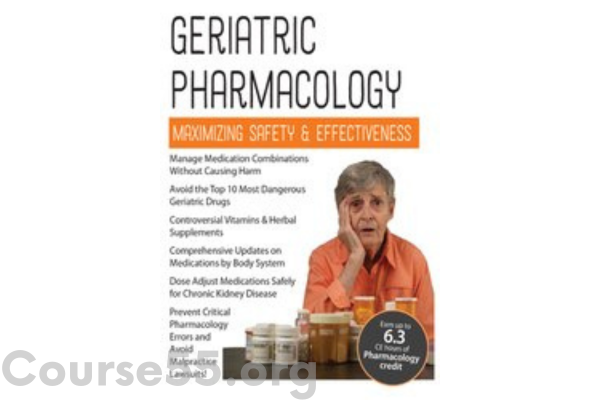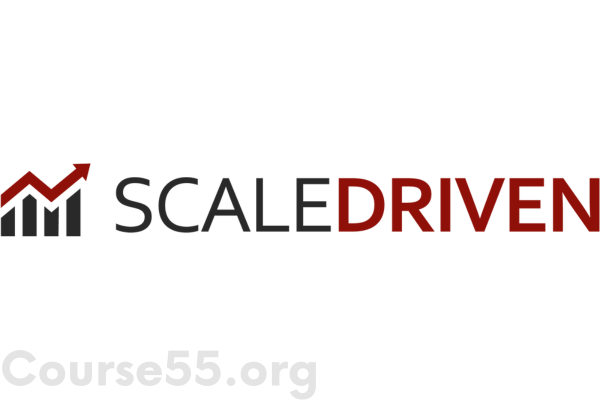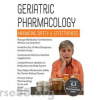-
×
 "Done-For-You" Manifest Your Dreams Course By Berkeley Well-Being Institute
1 × $30.80
"Done-For-You" Manifest Your Dreams Course By Berkeley Well-Being Institute
1 × $30.80 -
×
 Getting Things Done Training Course | Crucial Learning By David Allen
1 × $30.80
Getting Things Done Training Course | Crucial Learning By David Allen
1 × $30.80 -
×
 Dispatch Mastery Course – Good Energy Worldwide
1 × $30.80
Dispatch Mastery Course – Good Energy Worldwide
1 × $30.80 -
×
 Brilliancy: The Essence of Intelligence (Diamond Body Series) By Hameed Ali
1 × $6.00
Brilliancy: The Essence of Intelligence (Diamond Body Series) By Hameed Ali
1 × $6.00 -
×
 Planets in different houses By Alok Khandelwal
1 × $30.80
Planets in different houses By Alok Khandelwal
1 × $30.80 -
×
 MY PEEPS With Travis Speegle
1 × $30.80
MY PEEPS With Travis Speegle
1 × $30.80 -
×
 Engage the Infinite Intelligence of Your Chakras for Joyful Living, Health & Wholeness with Russill Paul
1 × $30.80
Engage the Infinite Intelligence of Your Chakras for Joyful Living, Health & Wholeness with Russill Paul
1 × $30.80
Geriatric Pharmacology: Maximizing Safety & Effectiveness By Steven Atkinson – PESI
$200.00 Original price was: $200.00.$23.10Current price is: $23.10.
SKU: C55org.5417ELDzJg4g
Category: Download
Tags: Geriatric Pharmacology, Maximizing Safety & Effectiveness, PESI, Steven Atkinson
Geriatric Pharmacology: Enhancing Safety & Efficacy – Immediate Download!
Content Proof:

As the global population continues to age, the field of geriatric pharmacology has become increasingly vital. This specialized discipline focuses on optimizing medication use in older adults to ensure both safety and effectiveness while minimizing adverse drug reactions. Steven Atkinson, a respected authority in this domain, has developed a comprehensive course titled “Geriatric Pharmacology: Maximizing Safety & Effectiveness.” This program offers crucial insights into the unique pharmacological challenges that come with aging.
Atkinson’s course covers a broad spectrum of essential topics, particularly the complexities of pharmacodynamics and pharmacokinetics in older patients. He highlights how aging affects drug metabolism and distribution, emphasizing the necessity of adapting medication regimens to align with physiological changes. Given that reduced organ function and altered metabolic processes are common in elderly individuals, healthcare professionals must fine-tune their prescribing practices accordingly.
Understanding Pharmacodynamics and Pharmacokinetics in Aging

Pharmacodynamics refers to how drugs influence the body, while pharmacokinetics deals with how the body processes medications. Aging significantly alters both aspects, necessitating careful consideration in drug selection and dosing.
- Absorption: Slower gastrointestinal motility can delay drug absorption rates.
- Distribution: Increased fat mass and reduced lean body mass affect how drugs are dispersed throughout the body.
- Metabolism: Liver function declines with age, impacting the breakdown of certain medications and increasing susceptibility to side effects.
- Excretion: As kidney function diminishes, drug elimination slows down, heightening the risk of toxicity.
These changes underscore the necessity of adjusting medication strategies to prevent adverse effects while maintaining therapeutic efficacy.
Navigating Polypharmacy and Drug Interactions
One of the paramount challenges in geriatric pharmacology is polypharmacy, the concurrent use of multiple medications by a patient, which is prevalent among the elderly. Atkinson emphasizes the importance of understanding drug interactions an area that can be fraught with danger given the number of prescribed drugs that older adults may take simultaneously.
Potential drug interactions can lead to:
- Increased side effects
- Reduced therapeutic effects
- New symptoms that can complicate diagnosis and treatment
To combat these issues, Atkinson provides healthcare professionals with strategies that include comprehensive medication reviews and assessments to identify unnecessary prescriptions. He discusses techniques for assessing patient compliance, underscoring that understanding an individual’s willingness and ability to adhere to a medication regimen is crucial in geriatrics.
Addressing Polypharmacy and Drug Interactions
A major challenge in geriatric pharmacology is polypharmacy—the concurrent use of multiple medications. This practice is widespread among elderly patients and increases the risk of drug interactions, which can lead to heightened side effects, reduced drug efficacy, or even the emergence of new symptoms that complicate treatment.
Atkinson stresses the importance of thorough medication reviews to identify unnecessary prescriptions. He also provides strategies for evaluating patient adherence to prescribed regimens, recognizing that an individual’s ability and willingness to follow treatment plans are critical to effective care.
Best Practices for Safe Prescribing
Beyond simply writing prescriptions, effective medication management requires a holistic approach to ensure optimal patient outcomes. Atkinson’s course introduces key prescribing principles:
- Evidence-Based Guidelines: Healthcare professionals should rely on well-established research when selecting medications to ensure safety and effectiveness in older populations.
- Deprescribing Strategies: This practice involves reassessing the necessity of each medication and discontinuing those that no longer offer a favorable risk-benefit ratio.
By refining prescribing habits, healthcare providers can reduce medication-related complications and improve the overall well-being of elderly patients.
Importance of Continuous Monitoring and Evaluation
Atkinson emphasizes that medication management does not end with prescription—it requires ongoing assessment to adapt treatments as needed. Key components of effective monitoring include:
- Clinical Evaluations: Regular patient assessments help determine whether a medication remains effective.
- Laboratory Testing: Blood work and other diagnostic tools can track drug levels and organ function.
- Patient Feedback: Encouraging open dialogue with patients about their experiences and side effects fosters better treatment adjustments.
Benefits of Monitoring:
- Enhance medication safety
- Minimize adverse drug reactions
- Ensure ongoing effectiveness of treatment protocols
Summary and Final Thoughts
Steven Atkinson’s expertise in geriatric pharmacology provides healthcare practitioners with valuable strategies for optimizing medication management in elderly patients. His course highlights the complexities of aging-related pharmacology while offering practical solutions for mitigating risks associated with polypharmacy, drug interactions, and altered drug metabolism.
Continuing education in this field is essential for all healthcare providers treating older adults. By applying Atkinson’s insights, clinicians can enhance both the safety and efficacy of their prescribing practices, ultimately improving health outcomes and quality of life for aging populations. A commitment to continuous learning ensures that medication management remains both patient-centered and adaptable to the evolving healthcare landscape.
Frequently Asked Questions:
Business Model Innovation: We operate a group buying strategy, allowing participants to share costs and access popular courses at reduced prices. This model benefits individuals with limited financial resources, despite concerns from content creators about distribution methods.
Legal Considerations: The legality of our operations involves complex issues. Although we don’t have explicit permission from course creators to resell their content, there are no specific resale restrictions stated at the time of purchase. This ambiguity creates an opportunity for us to provide affordable educational resources.
Quality Control: We ensure that all course materials purchased are identical to those offered directly by the creators. However, it’s important to understand that we are not official providers. As such, our offerings do not include:
– Live coaching calls or sessions with the course author.
– Access to exclusive author-controlled groups or portals.
– Membership in private forums.
– Direct email support from the author or their team.
We aim to reduce the cost barrier in education by offering these courses independently, without the premium services available through official channels. We appreciate your understanding of our unique approach.
Be the first to review “Geriatric Pharmacology: Maximizing Safety & Effectiveness By Steven Atkinson – PESI” Cancel reply
You must be logged in to post a review.














Reviews
There are no reviews yet.